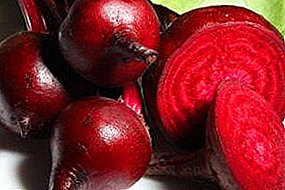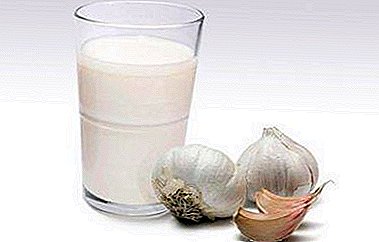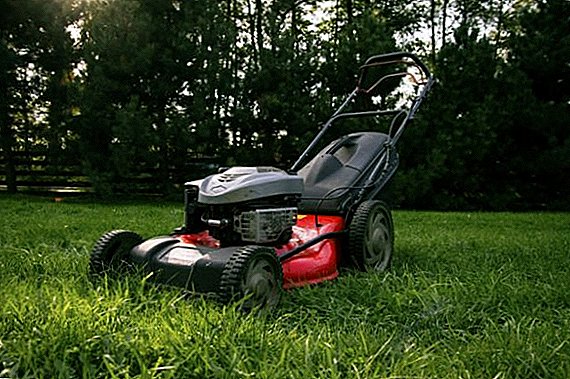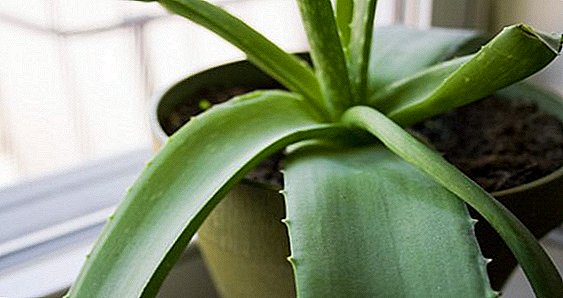
Houseplants often require greater attention: they need special care to maintain beauty and, more importantly, health. Potted flowers are prone to a number of diseases, and gerberas in pots are no exception.
Gerbera is also known as Transvaal daisy, and its flowers really look like daisies, only bigger and more colorful. They come in many different colors, with the exception of blue.
Next, tell about the rules of care, what diseases may occur and how to treat them. What pests should be wary of a florist. And also what preventive measures should be carried out so that the plant is healthy and flourishing.
Caring for Transvaal chamomile at home
Room gerberas require a lot of heat and light, regular watering and spraying the leaves with water. Also, they are suitable only complex mineral fertilizer.
Gerber transplantation should be carried out immediately after purchase.and then as needed in early spring. Caring for this plant is not the most difficult, but do not neglect it, because only in this way can you keep the flowers healthy.
Important! Colors need disease prevention, just like people. It is also necessary to be able to recognize the diseases of the gerbera in time, if they did appear, and correctly carry out the treatment.
- Why indoor gerberas do not bloom? Terms of care.
- Reproduction and subsequent care of the gerbera at home.
- Gerber from seed! Planting and care at home.
- Planting room gerbera and plant care.
- Orange gerberas: rules of care, cultivation and reproduction.
Description of diseases of indoor plants with photos, as well as the necessary treatment
Alternaria
The cause of this room gerbera disease is infection by a fungus of the Alternaria family. It spreads through seeds or various plant remains, sometimes it is carried by insects. It is easy to determine that the plant is infected: dry spots of a clear brown-red color appear on the leaves. As the state of the plant deteriorates, these spots turn pale in the center. Then the leaves turn yellow, the affected parts dry out and become covered with a bloom of dark greenish color - these are fungal spores (why the gerbera leaves turn yellow and how to cure it, read here).
Treatment Instructions:
- Revise the mode of watering and nutrition. The fungus develops well in an overly humid environment on weakened plants, which means that attention should be paid to fertilizing the flower.
- Treat the plant with fungicides - drugs to combat fungal diseases. For gerbera suitable remedy Ridomil Gold.

Defeat gray rot
This disease also causes a harmful fungus. As in the previous case, its reproduction can be triggered by excessive moisture in the soil and leaves. This disease can be identified by the characteristic gray patina covering the plant. Without treatment, the flower quickly fades.
Treatment Instructions:
- Change the amount of watering, thus removing the environment that is favorable for the development of fungus.
- Treat with fungicides. In this case, fit Rovral and Fundazol.
- Change the soil under the plant. These fungi are permanently deposited in the ground, so it is necessary to eliminate the reinfection of the plant.

Cucumber Mosaic
Identify the disease can be on the appearance on the leaves clearly delineated yellow-green spots. With the development of the disease, the whole leaf is deformed, sometimes pigmentation appears along the veins.
Treatment Instructions:
- Treat with insecticides.
- Keep away from the pumpkin family.

Late blight and sclerotinia
Both of these diseases are caused by harmful fungi entering the soil. It is possible to detect late blight in gerbera by the sudden drying of leaves from the outside of the outlet. As the disease develops, both the internal parts of the outlet and the flowers dry out. The roots rot and the plant dies.
On a note. Sclerotinia is easily identified by the rapid deterioration of the condition of the plant, pressed into spots on the leaves, on which a pale bloom appears later.
Treatment Instructions:
- Stop watering.
- Replace the soil from wet to dry.
- Treat with fungicides. Ridomil and Profit Gold are suitable for the destruction of blight, and Vitaros Fundazol for sclerotinia.

Mealy dew
This is a fungal disease that occurs due to high humidity, temperature and excessive fertilizer content in the soil. Determine that the gerbera is infected, can be on a white patina on the petioles of the leaves. In advanced cases, plaque covers the entire plant and destroys it.
Treatment Instructions:
- Strengthen the room ventilation and give the flower more light.
- Process fungicides Topaz and Fundazol.

From the video you will learn how powdery mildew looks on a gerbera, how to deal with it:
Insect pests
Aphid
These are small insects with a slightly elongated body. There are aphids of different colors, they can be winged or wingless. These parasites suck nutrient fluids from plants, causing them to fade and die. Wherein Aphids multiply extremely quickly, so the fight against them must begin immediately.
At the initial stages of infection, it is possible to get rid of aphids mechanically: wash the plant with running water or a solution of soap and remove damaged parts.
If the parasites managed to create a colony on the plant, it is worth resorting to insecticides. For example, drug 30 Plus will be safe for gerberas.

White fly
These pests look like small moths with dull-whitish wings and elongated bodies, like aphids. They lay larvae on the lower part of the leaf, multiply rapidly and actively. Detect whitefly in the following ways:
- Inspect the reverse side of the leaves for the presence of larvae.
- Shake the plant - small bright insects will fly from it in different directions.
- To feel the leaves: if they are covered with a shiny, sticky substance, it means that the plant is infected.
You can get rid of harmful insects by washing the leaves of the plant and lowering the temperature in the room, but this method will not give an absolute guarantee that all parasites will leave. The most effective use of insecticides will be, for example, Aktar, Sparks and Akarina.

Spider mite
These tiny spiders with a brown, brown or green body also feed on the plant sap, depriving them of food and strength for existence.
Important! The plant ceases to develop normally and may die.
You can determine whether a plant is infected with a spider mite by the following symptoms:
- Yellowed and dry leaves.
- Accumulation of ticks on the reverse side of the leaf plate.
As in the previous cases, it is worth cutting off already affected gerbera leaves and washing the plant with running water in order to wash off the adults. To destroy the larvae and eggs, it will take several times to treat the plant with insecticides. In the fight against spider mites Fitoverm and Neoron will do.

Prevention
It is necessary to regularly spray the leaves with clean running water, to maintain a sufficient level of humidity in the air and soil, but not to allow an excess of moisture. An effective solution would be to spray chamomile and sage infusion, burdock roots. This will support the health of the plant and scare away some parasites.
Also we must not forget that indoor flowers need vitaminsjust like people. It is important sometimes to “feed” your gerberas so that they do not have a shortage of vital substances.
Diseases of the room gerbera are easy to avoid if you carefully follow the rules of care and take preventive measures. However, if the infection with a virus, fungus or parasites still happened, then you should not despair: if you carry out proper treatment, your favorite flower can always be saved.












